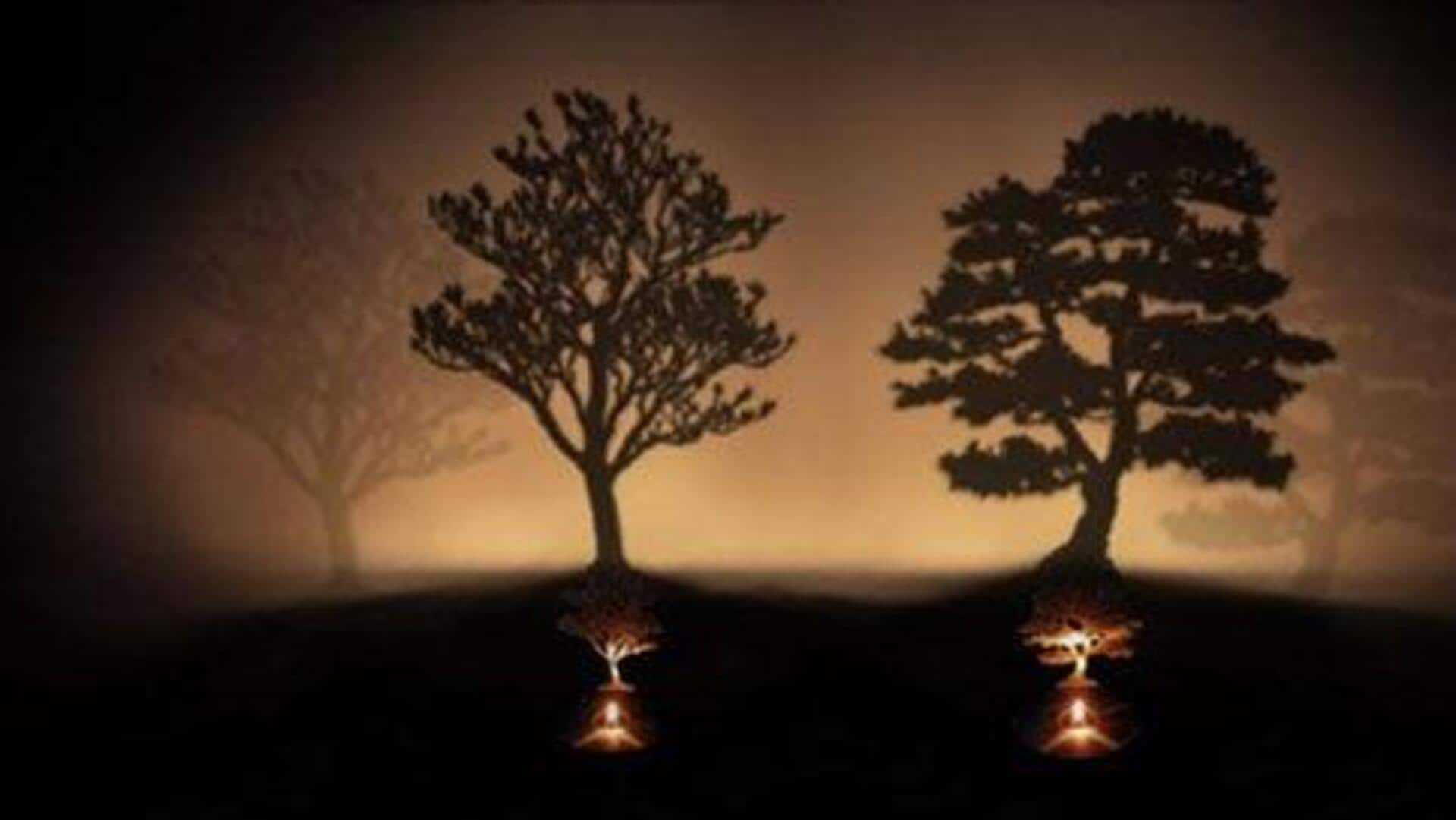
Transform your space with shadow decor effects
What's the story
The strategic use of shadows can transform a home into an artistic masterpiece. Manipulating light and shadow, homeowners can create dynamic and visually appealing spaces, without investing in expensive decor items. Shadows add depth, texture, and interest to any room, making them a powerful tool in interior design. Here are various ways to incorporate shadows into home decor effectively.
Natural light
Utilizing natural light for shadow play
Natural light is one of the best sources to create shadows that elevate home decor. By keeping furniture near windows, you can let sunlight create interesting patterns on walls and floors during the daytime. As the sun moves, these patterns change, giving a dynamic touch to the room's atmosphere.
Shadow objects
Incorporating shadow-casting objects
Decorative objects that cast shadows can be placed strategically throughout the house, to provide more visual interest. Items like intricate lampshades or patterned screens create unique shadow designs when lit. These objects serve as functional pieces, but also contribute to the overall aesthetic by adding layers of complexity through their shadows.
Artificial lighting
Playing with artificial lighting techniques
With artificial lighting, you can control the shadows at any hour of the day or night. You can use adjustable lamps or spotlights to highlight particular areas or objects, creating deliberate shadows that accentuate architectural elements or artwork. Playing around with angles and intensities can create customized shadows according to your liking.
Layered shadows
Creating depth with layered shadows
Layering multiple sources of light also creates complex shadow effects that add depth and dimension to a space. By using both natural and artificial lighting together, homeowners can achieve layered shadows that change throughout the day. This provides a constantly evolving visual experience within their living spaces.
Texture contrast
Enhancing textures through shadow contrast
Shadows are essential when it comes to emphasizing textures by drawing a stark contrast between the lit and shaded areas of different surfaces (walls or fabrics). This technique aptly highlights the intricate details of the brickwork or woven textile. It makes the textures more prominent in the design scheme of the room. All of this happens without directly influencing the material's properties.